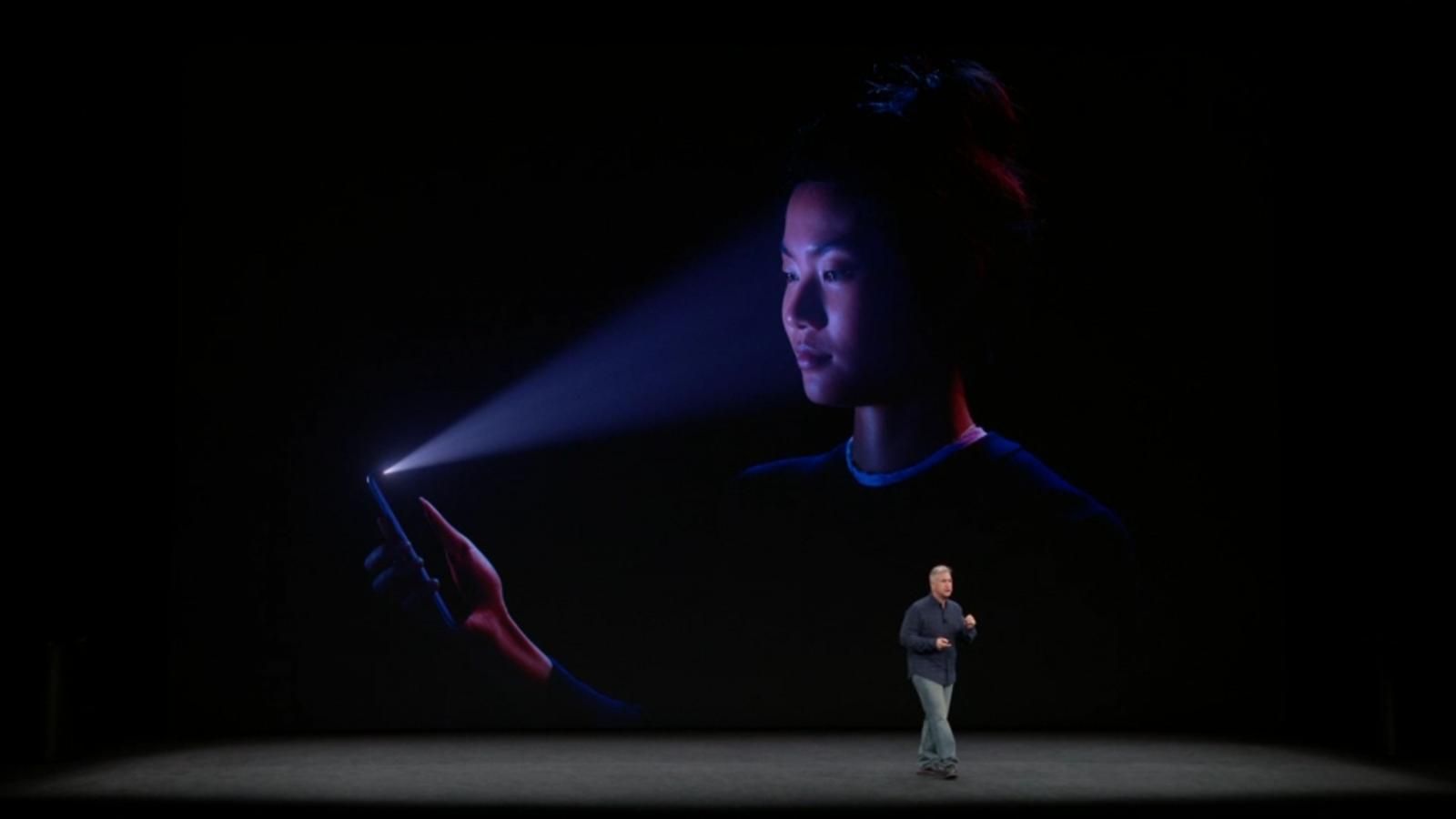The “biggest leap forward since the original iPhone” may not be entirely innovative compared to some truly groundbreaking Android devices, but as always, Apple manages to take a number of very promising technologies and even an immersive design concept to the next level.
Yes, Samsung’s Galaxy S8 technically did the facial recognition thing first, only it wasn’t particularly helpful or reliable, not to mention safe. Meanwhile, the iPhone X touts a so-called “Face ID” authentication system that’s “even more convenient than Touch ID.”
Quite a bold claim, which Cupertino may have been compelled to boast by its apparent inability of integrating a fingerprint reader directly into the beautiful OLED screen of this relatively compact 5.8 incher.
In reality, no biometric sensor is infallible, and the first Face ID blunder on record may have happened right on stage, in the memorial Steve Jobs Theater, while Apple SVP of Software Engineering Craig Federighi was trying to demonstrate its unrivaled speed, convenience and accuracy.
Those who watched the big iPhone X, 8, 8 Plus, Apple Watch Series 3 and Apple TV 4K-unveiling event on Tuesday must have noticed Federighi silently fuming as his pre-production X designed to showcase the company’s new vision stubbornly refused to unlock as advertised.
A backup unit needed just a split second to properly work the Face ID magic, but obviously, the damage was done, and the social media ridicule quickly went through the roof.
After a little investigative work however, Apple’s PR department got in touch with journalists reporting on the seemingly embarrassing tech fail, defending the facial authentication reliability.
It turns out some “people were handling the device for stage demo ahead of time”, not realizing Face ID was quietly doing its thing, attempting to recognize them as the phone’s registered owner. Since that wasn’t the case, Federighi had to enter a manual passcode as an additional security method, which is the way Face ID was designed to work all along.
Bottom line, while the presentation fail remains, it’s important to keep in mind the complex “TrueDepth” camera system powering iPhone X facial authentication never technically went awry.

